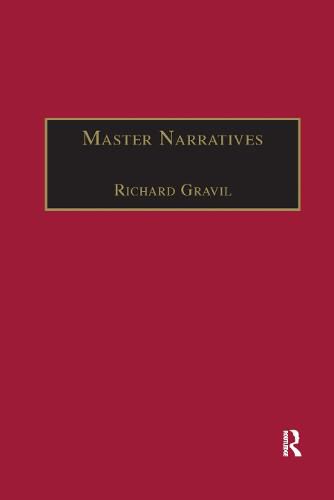Readings Newsletter
Become a Readings Member to make your shopping experience even easier.
Sign in or sign up for free!
You’re not far away from qualifying for FREE standard shipping within Australia
You’ve qualified for FREE standard shipping within Australia
The cart is loading…






Authors whose works are discussed in this collaborative book, covering a ‘long’ nineteenth century, include Sterne, Fielding, Scott, Austen, Mary Shelley, Emily BrontA , Gaskell, Dickens, George Eliot, Conrad, Woolf, and Lawrence. Most of the chapters focus on a single work, among them Tristram Shandy, Wuthering Heights, Bleak House, Middlemarch and Lord Jim, asking why, in the end, does this novel matter, and what does it invite us to ‘see’. The contributors examine aspects of narrative technique which are crucial to interpretation, and which bring something new or distinctive into fiction. The introduction asks whether such experimentation may be driven by challenges to society’s ‘master narratives’ - for instance, by a desire to circumvent the reader’s ideological defences - and whether, in a radical model of canon-formation, such narrative innovation may be an aspect of canonicity.
$9.00 standard shipping within Australia
FREE standard shipping within Australia for orders over $100.00
Express & International shipping calculated at checkout
Authors whose works are discussed in this collaborative book, covering a ‘long’ nineteenth century, include Sterne, Fielding, Scott, Austen, Mary Shelley, Emily BrontA , Gaskell, Dickens, George Eliot, Conrad, Woolf, and Lawrence. Most of the chapters focus on a single work, among them Tristram Shandy, Wuthering Heights, Bleak House, Middlemarch and Lord Jim, asking why, in the end, does this novel matter, and what does it invite us to ‘see’. The contributors examine aspects of narrative technique which are crucial to interpretation, and which bring something new or distinctive into fiction. The introduction asks whether such experimentation may be driven by challenges to society’s ‘master narratives’ - for instance, by a desire to circumvent the reader’s ideological defences - and whether, in a radical model of canon-formation, such narrative innovation may be an aspect of canonicity.